While various forms of therapy can be beneficial for a child, many young children find it scary or difficult to verbally express themselves. Play therapy which often includes art therapy is a quickly growing specialized area of psychotherapy that can help children (and adults) express emotions and process experiences beyond the scope of verbal language is capable of.
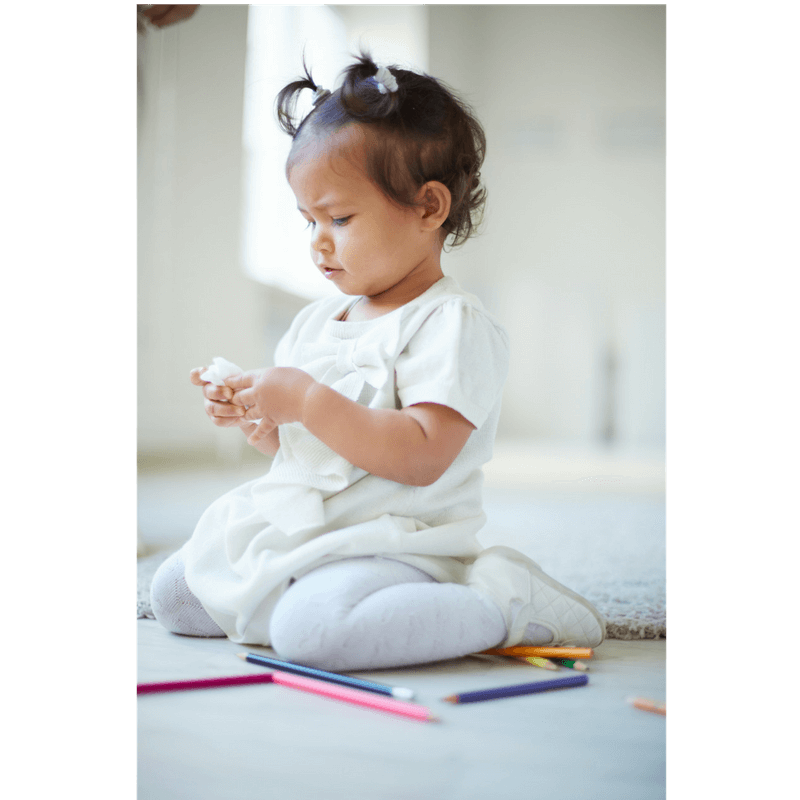
Long before we develop verbal language, we exist in a world of images and sensations. Throughout our first three years, before we fully develop our ability to be understood verbally, we associate feelings with these images and sensations: the image of our mother’s face or breast, the image of the pacifier or the person with the loud angry voice; the uncomfortable car seat, the smell of cookies baking in the kitchen, or our favorite toy. Our most primal emotions are stored in this world of images and sensation. Gaining access through play, art and creativity can allow us to express and understand ourselves more fully.
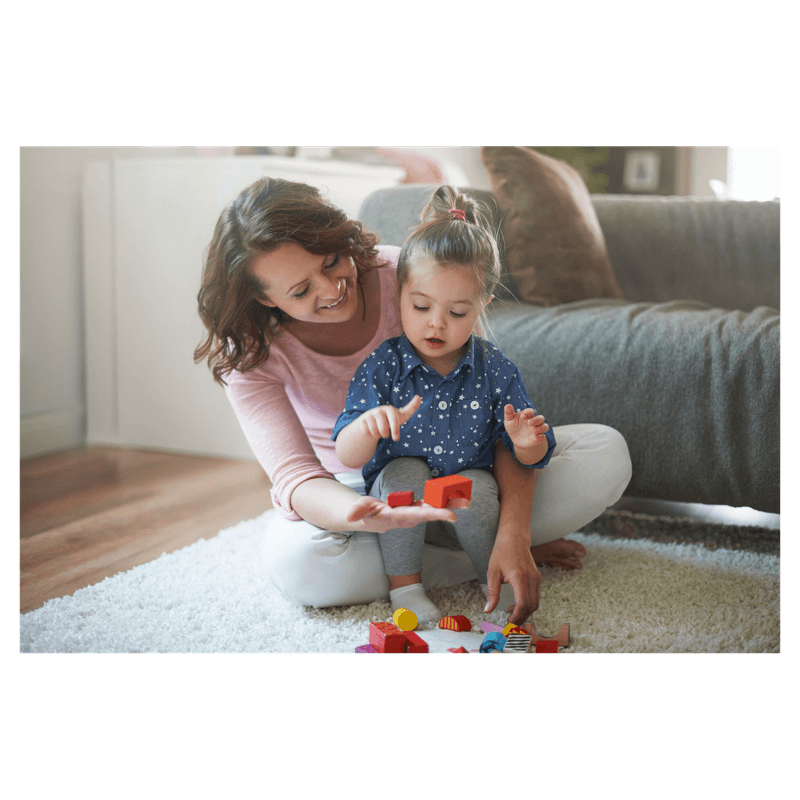
Play therapy can be used as part of, or in lieu of, most other type of therapy, and is incredibly efficacious for children and families as both short- and long-term therapy. At ECDA we often combine play therapy with art and cognitive behavioral therapy.

How Play Therapy Can Help Children
The simple process of playing or creating art can help children navigate and cope with difficult feelings, learn frustration tolerance, build self-awareness and self-confidence, and give your child a life-long tool for healthy emotion regulation and expression.
Children are naturally playful and creative and can use their play and creative process as a way of communicating and working through any number of challenges such as:
- Death of friend or family member
- Trauma
- Learning challenges
- Emotional issues such as phobias or insecure attachment
- Increasing motor skills
- Increasing social skills
- Understanding and dealing with physical or emotional challenges
- Behavioral challenges
- Increasing language

What Does a Session Look Like?
It really depends on the age of the child and the preferences of the therapist. Various art supplies are used to achieve different goals, such as opening up a resistant child with loose media like finger paints, or teaching self-control to a hyperactive child with a more controlled media, such as colored pencils.
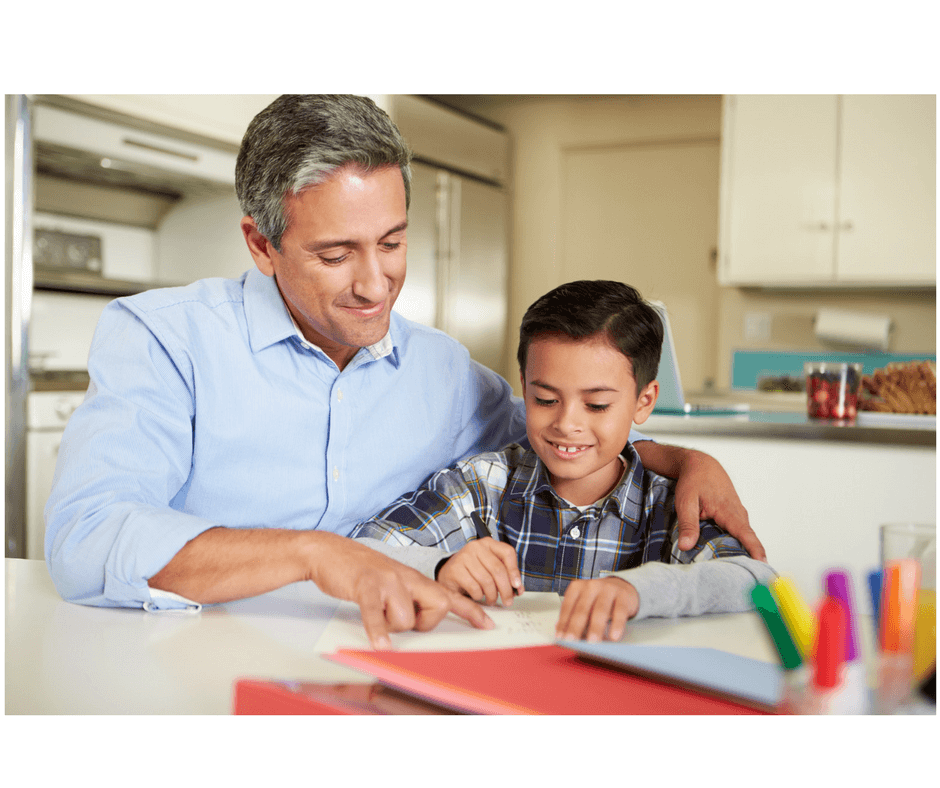
Often, the session will begin with a check-in, helping the child to be aware of, and to express, their current emotional state. The therapist may then use further art directives based upon the child’s check-in, or may continue to different directives based on other projects or goals for the child’s treatment.
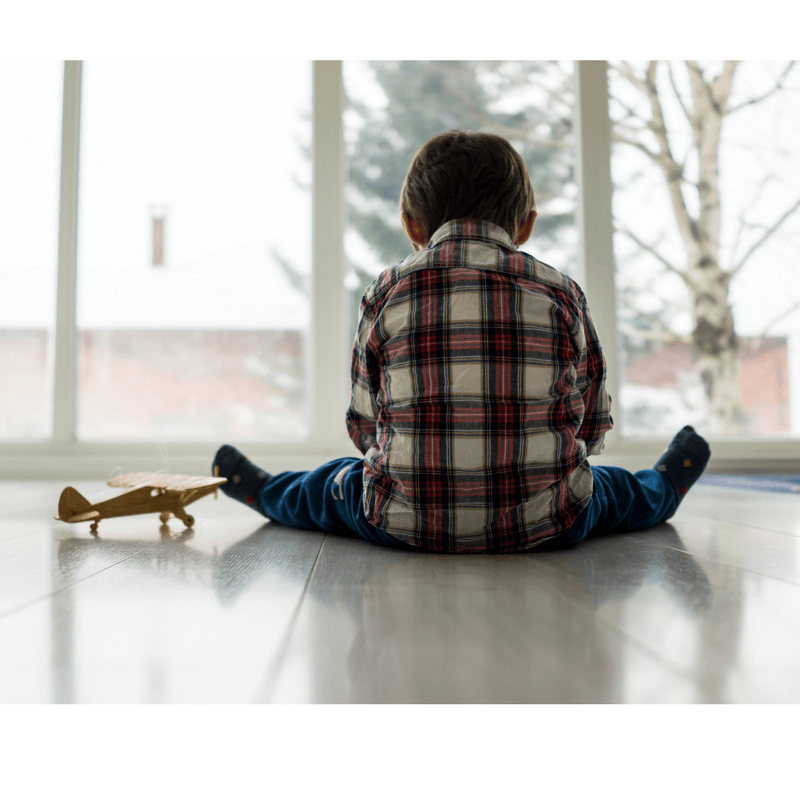
After the child completes a directive, the therapist will ask questions, learning about that particular child’s image language and the feelings associated with the colors and images used. Many children will naturally create a “self symbol” or a metaphor that can be used to tell his or her story. By telling the story of the symbol, rather than using first person, the child is allowed distance and therefore more freedom to express challenging feelings.
As the child and therapist continue to develop a trusting relationship, the treatment will move forward to becoming more challenging according to the child’s emotional and behavioral goals.
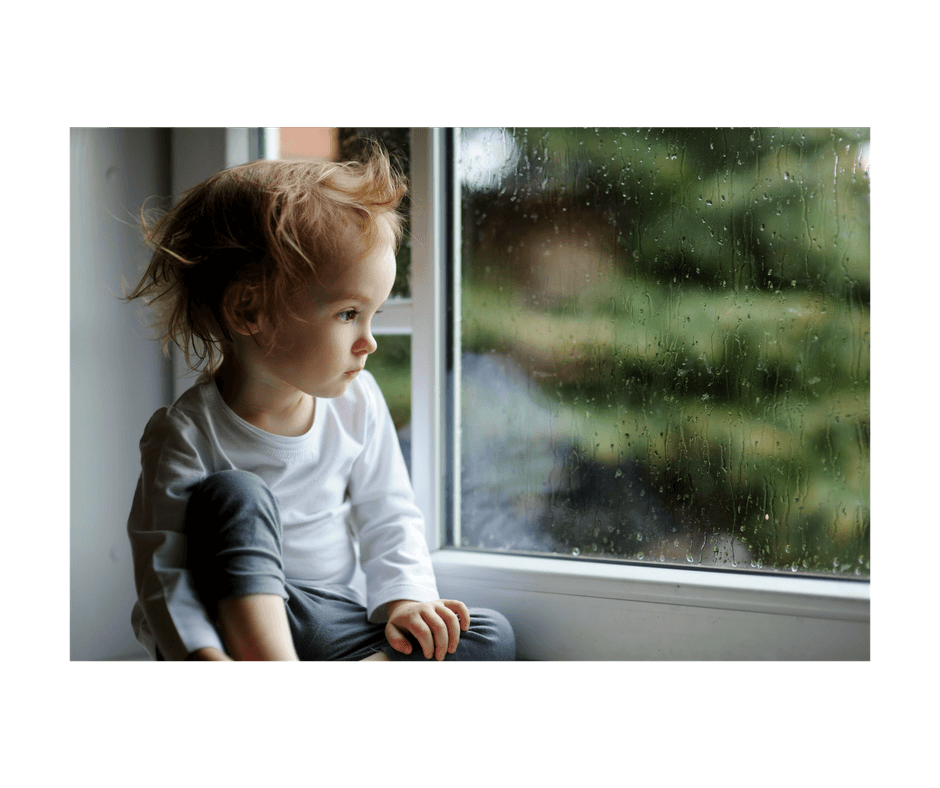
How Play and Art Therapy Can Help Families
Play therapy can be incredibly beneficial to families, allowing them to work on creative projects together, both as a way of bonding and by allowing the therapist to watch dynamics play out. During this process, the therapist can play in active part in recognizing and challenging disadvantageous dynamics, helping each family member to see their own contributions. This can be challenging, but also very effective in the creating needed change.
Play and art therapy can help families to:
- Create new, positive ways of interacting
- Learn parenting skills
- Use metaphors and symbolism to understand hidden dynamics and feeling
- Build a deeper understanding of individual family member’s needs
- Increase thoughtful, effective communication
- Provide firm, healthy boundaries
- Practice effective reinforcement of behaviors
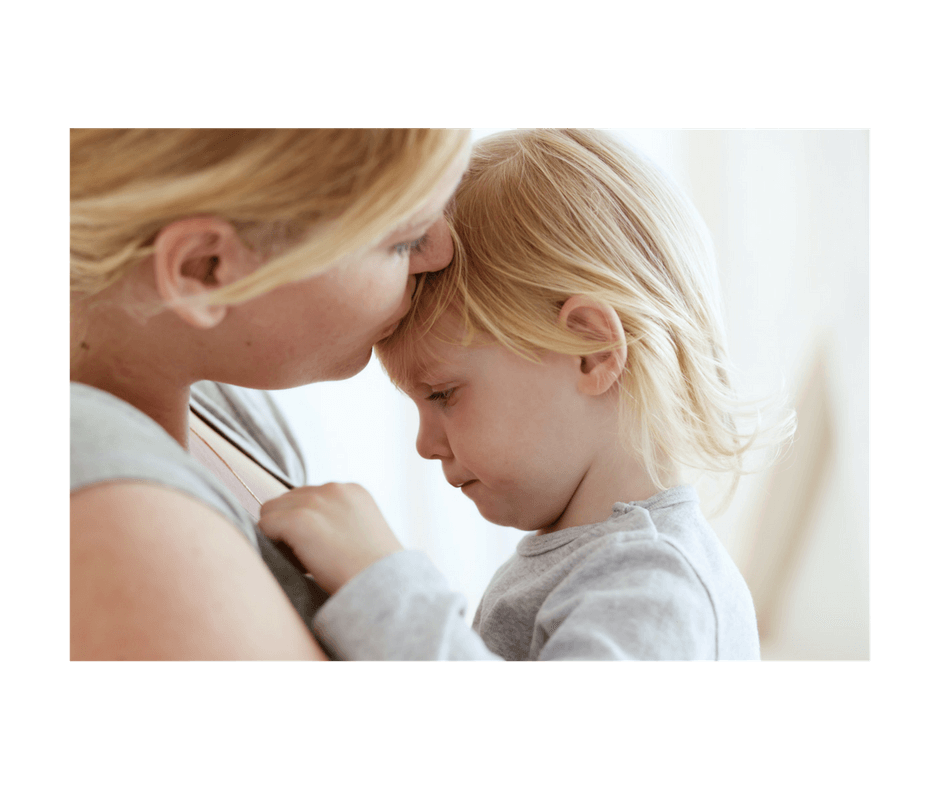
What Does a Family Session Look Like?
Again, this depends on the family, the ages of the children, and the therapist. Often, the therapist will take a less active part for the first couple of sessions, allowing the family to become comfortable and for hidden dynamics to become apparent.
The therapist will provide family directives and will watch for things such as: Who leads the projects? Who sits out? Do family members interact or quietly work alone? In the first couple of sessions, the family will also work together to create goals and intentions for therapy, giving family members and the therapist a direction for movement.
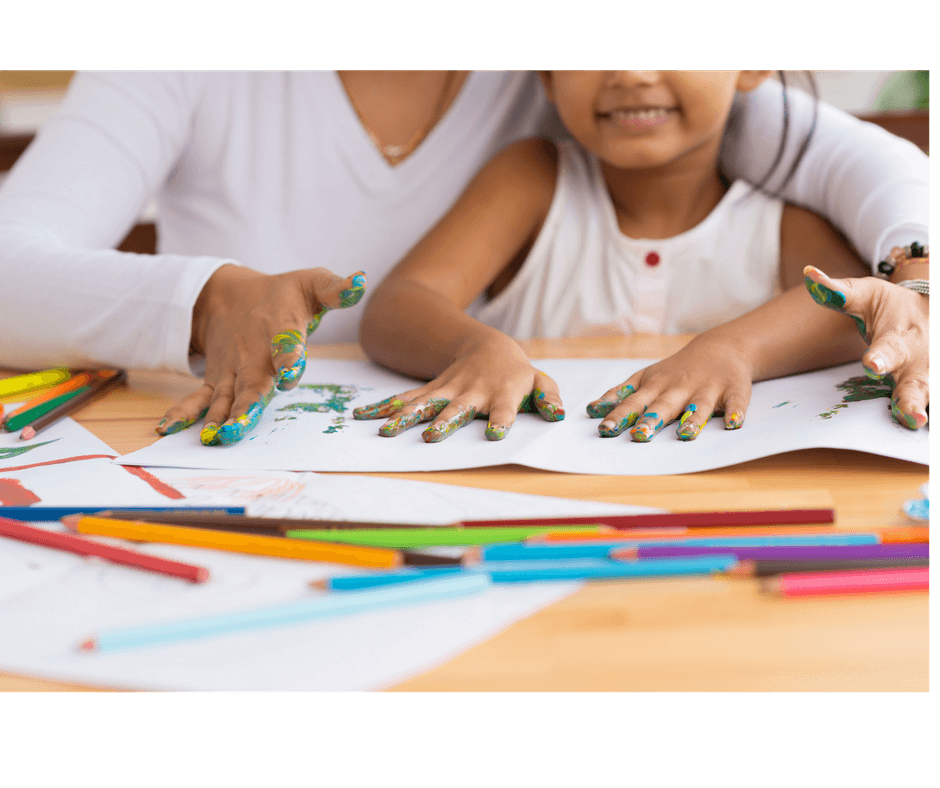
Upon completing a directive, the therapist will discuss the dynamics and the symbols apparent in the art, helping the parents to lead the conversation in a constructive way. As therapy progresses, the therapist will support the parent figures in taking more and more control of the activities, helping to solidify comfort in practicing more effective team parenting, as well as enforcing difficult boundaries and guidelines, as well as helping the children to more effectively communicate their own needs.

Upon completing a directive, the therapist will discuss the dynamics and the symbols apparent in the art, helping the parents to lead the conversation in a constructive way. As therapy progresses, the therapist will support the parent figures in taking more and more control of the activities, helping to solidify comfort in practicing more effective team parenting, as well as enforcing difficult boundaries and guidelines, as well as helping the children to more effectively communicate their own needs.

Remember!
Play and art therapy is not about being an artist. It is important for clients to want to participate in the art, but defining yourself as skilled or creative is not a requirement. The important part is allowing the process to access deep emotions and hidden dynamics, a rewarding challenge regardless of skill level.
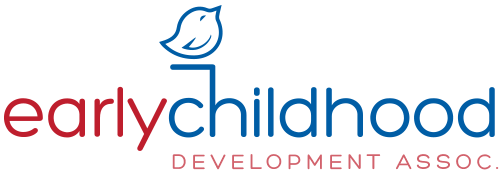
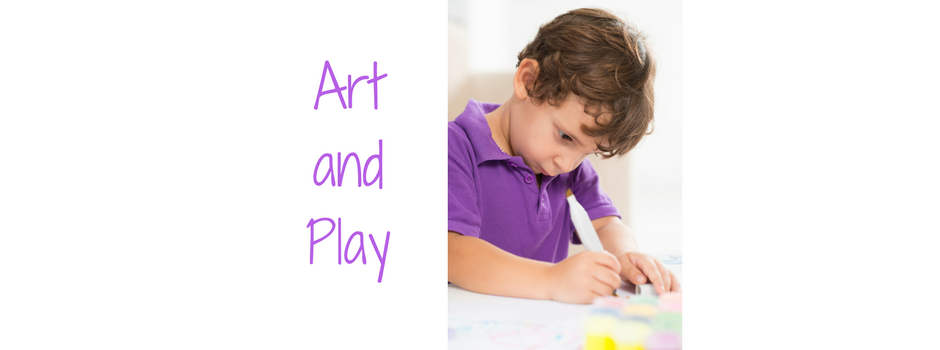
Trackbacks/Pingbacks